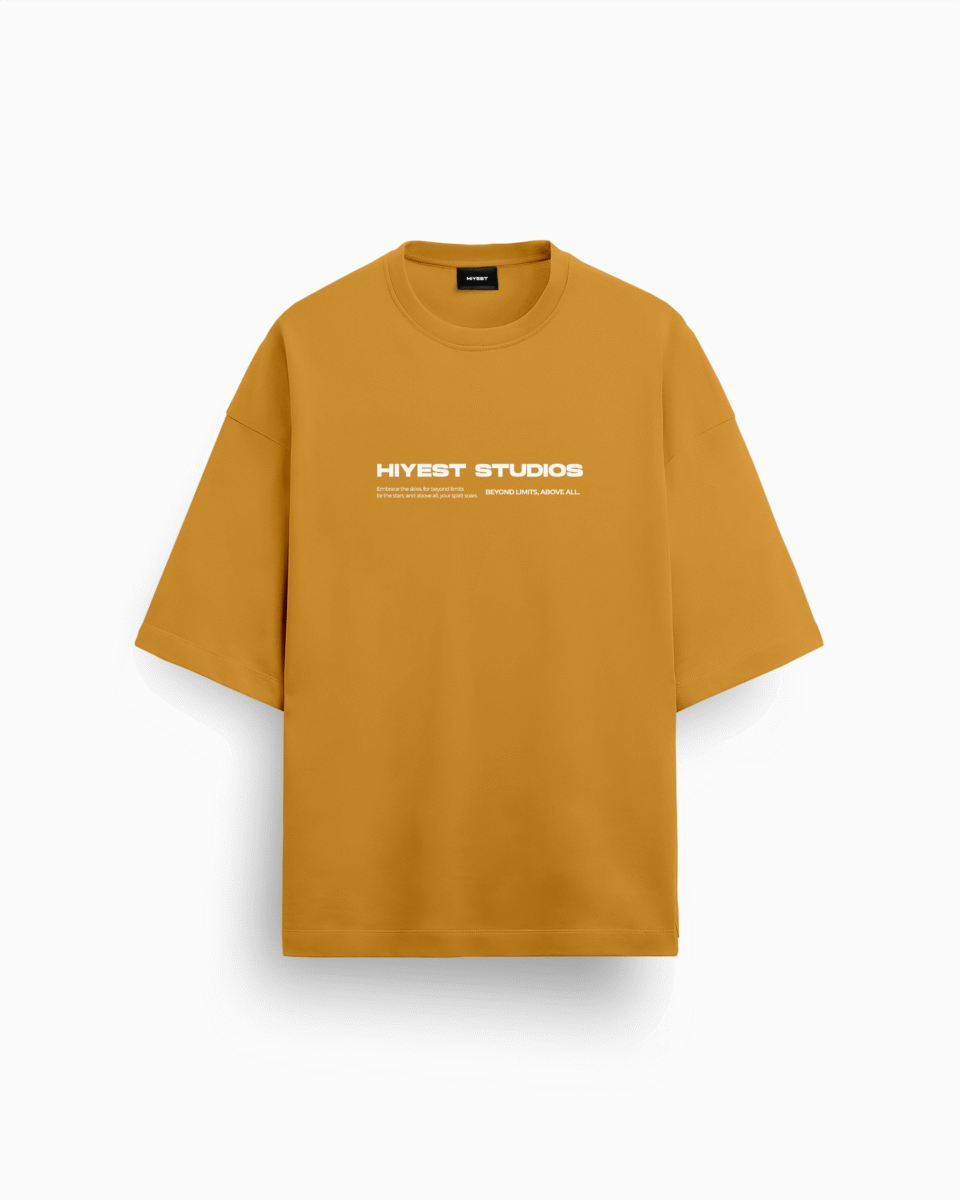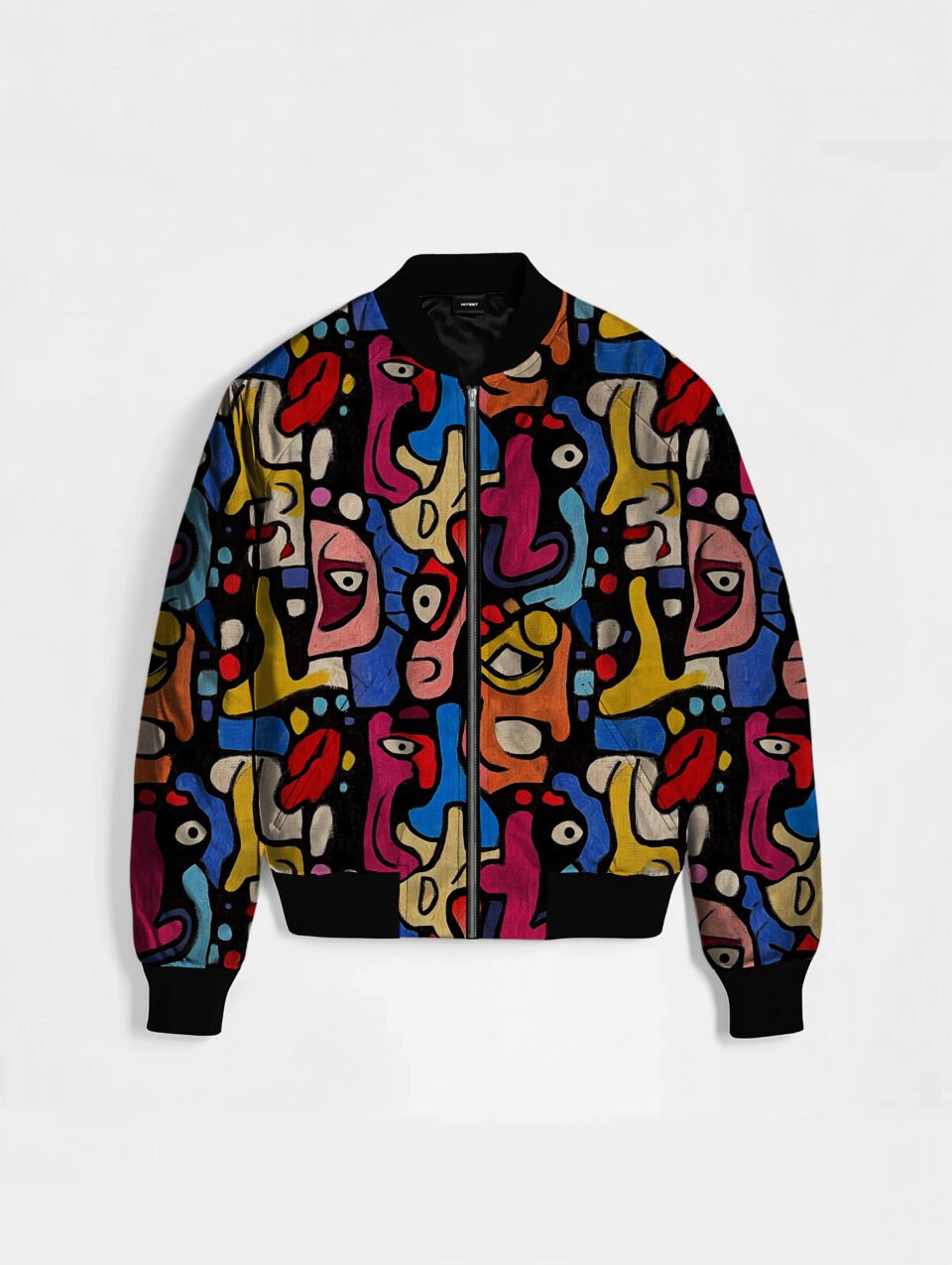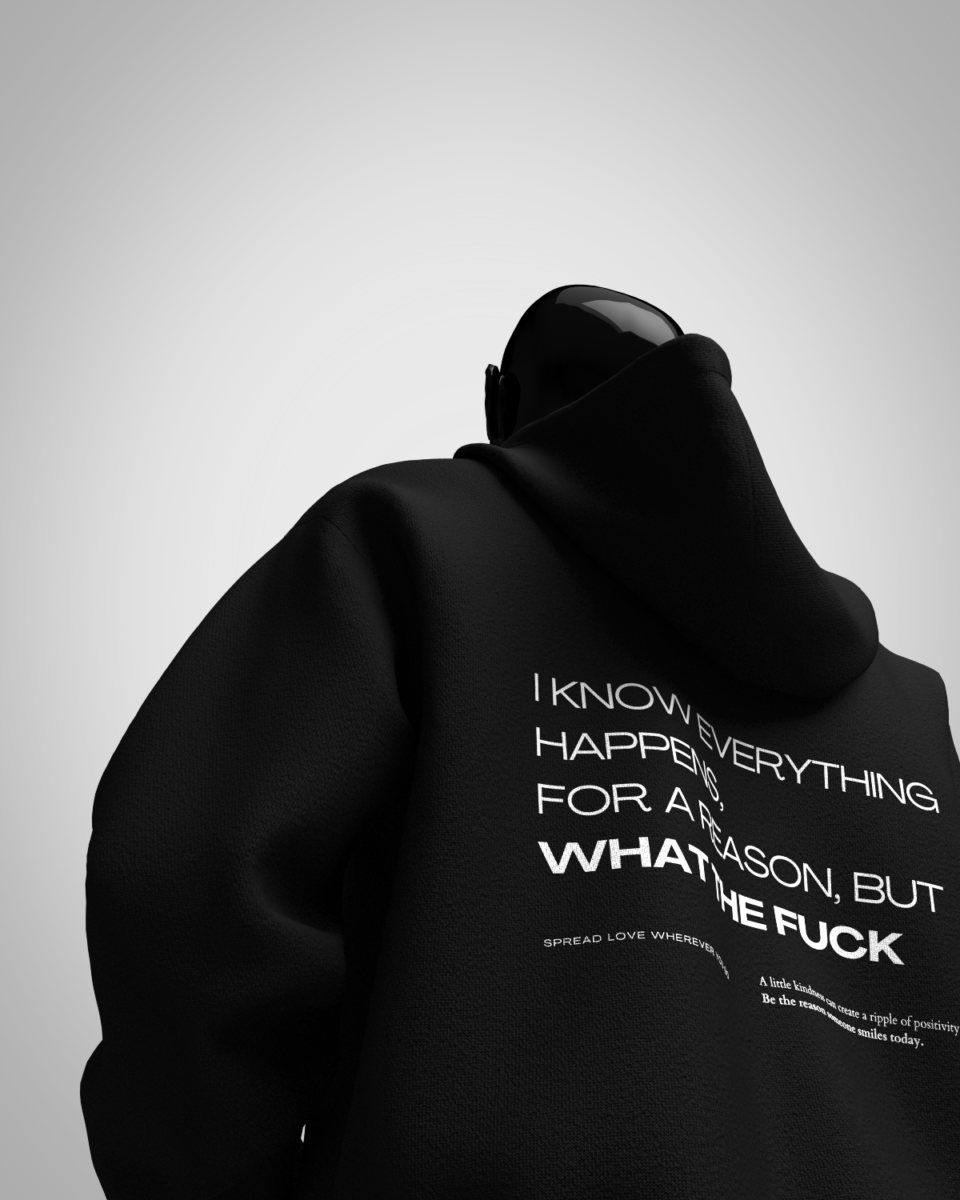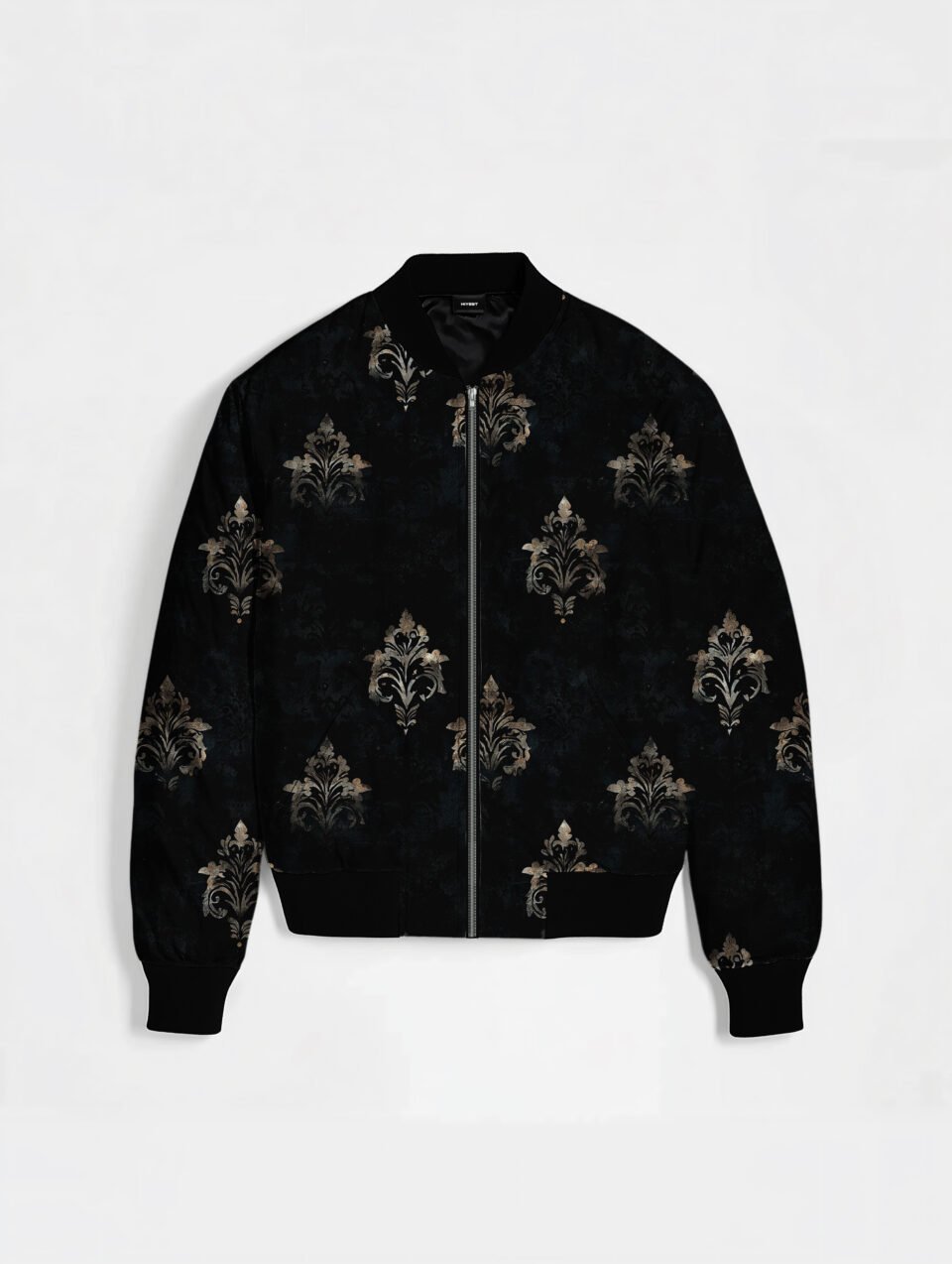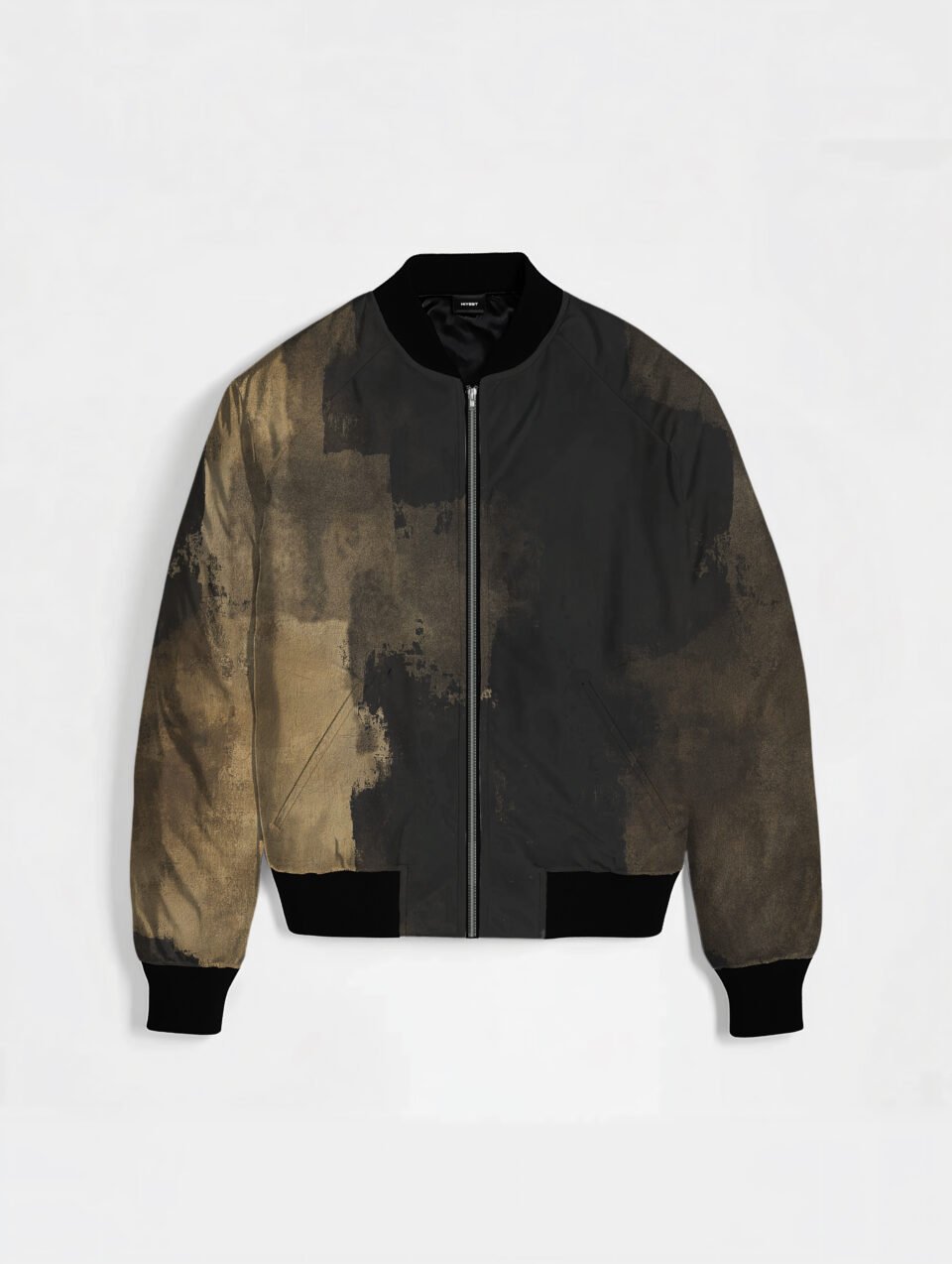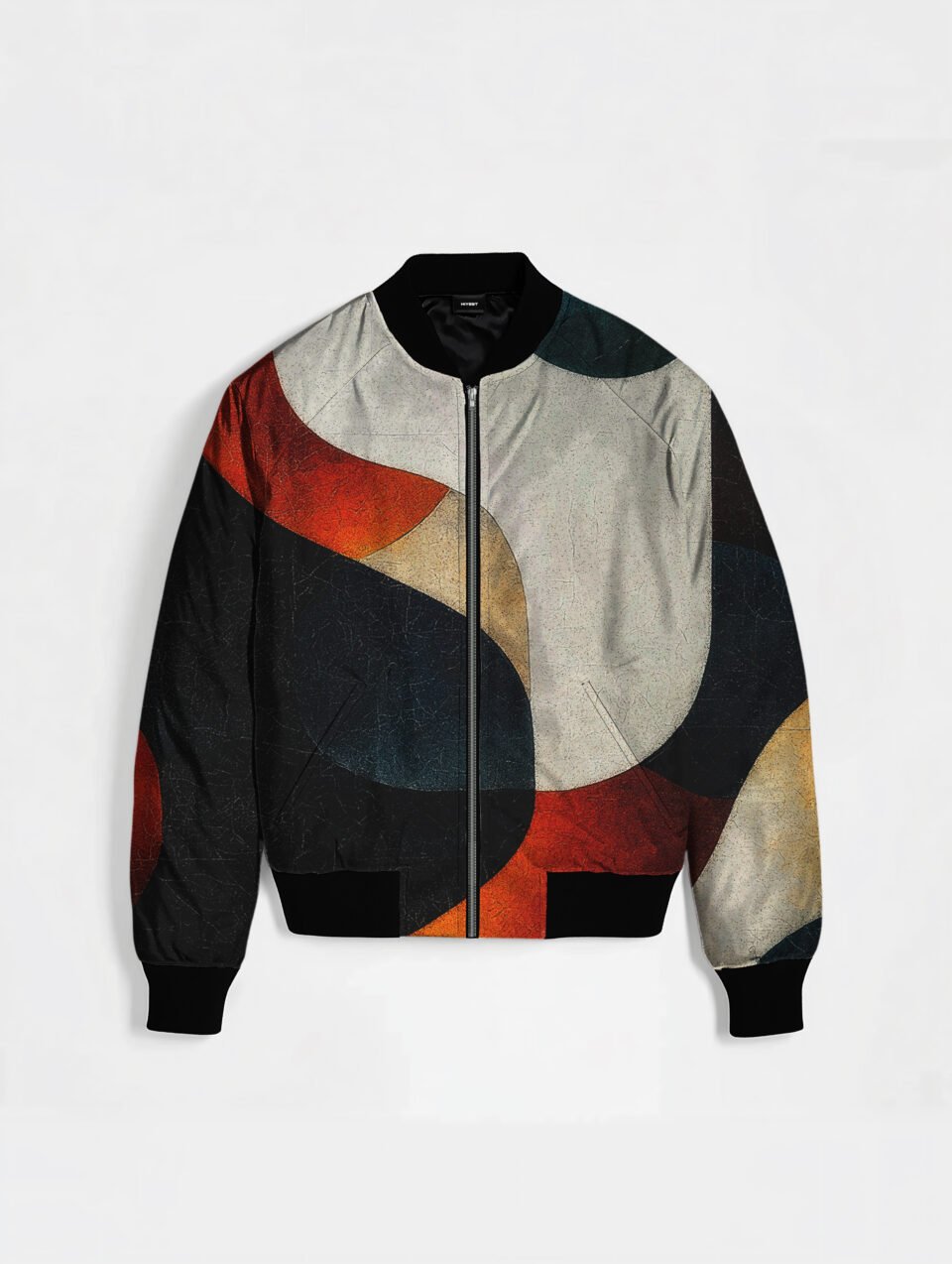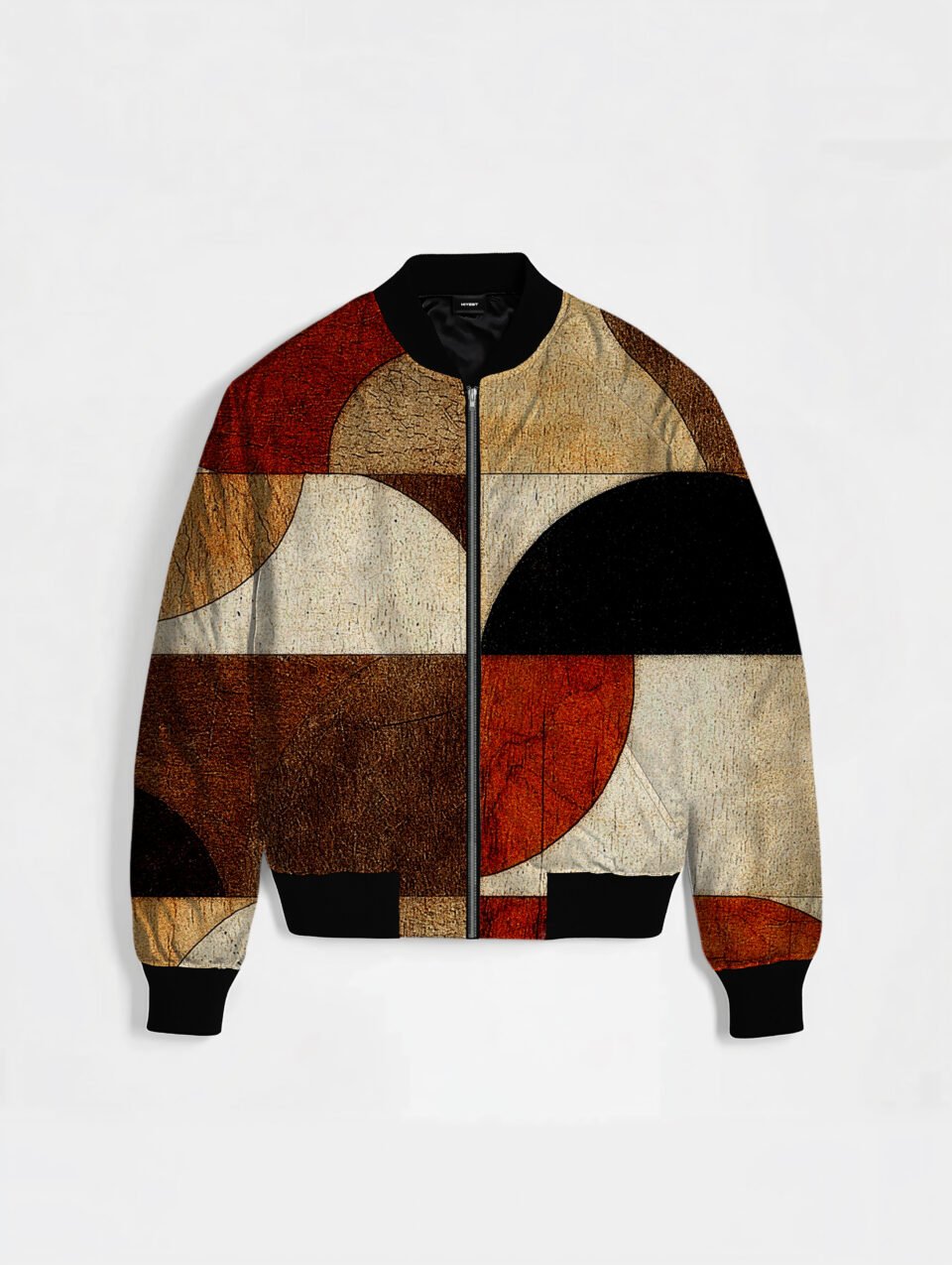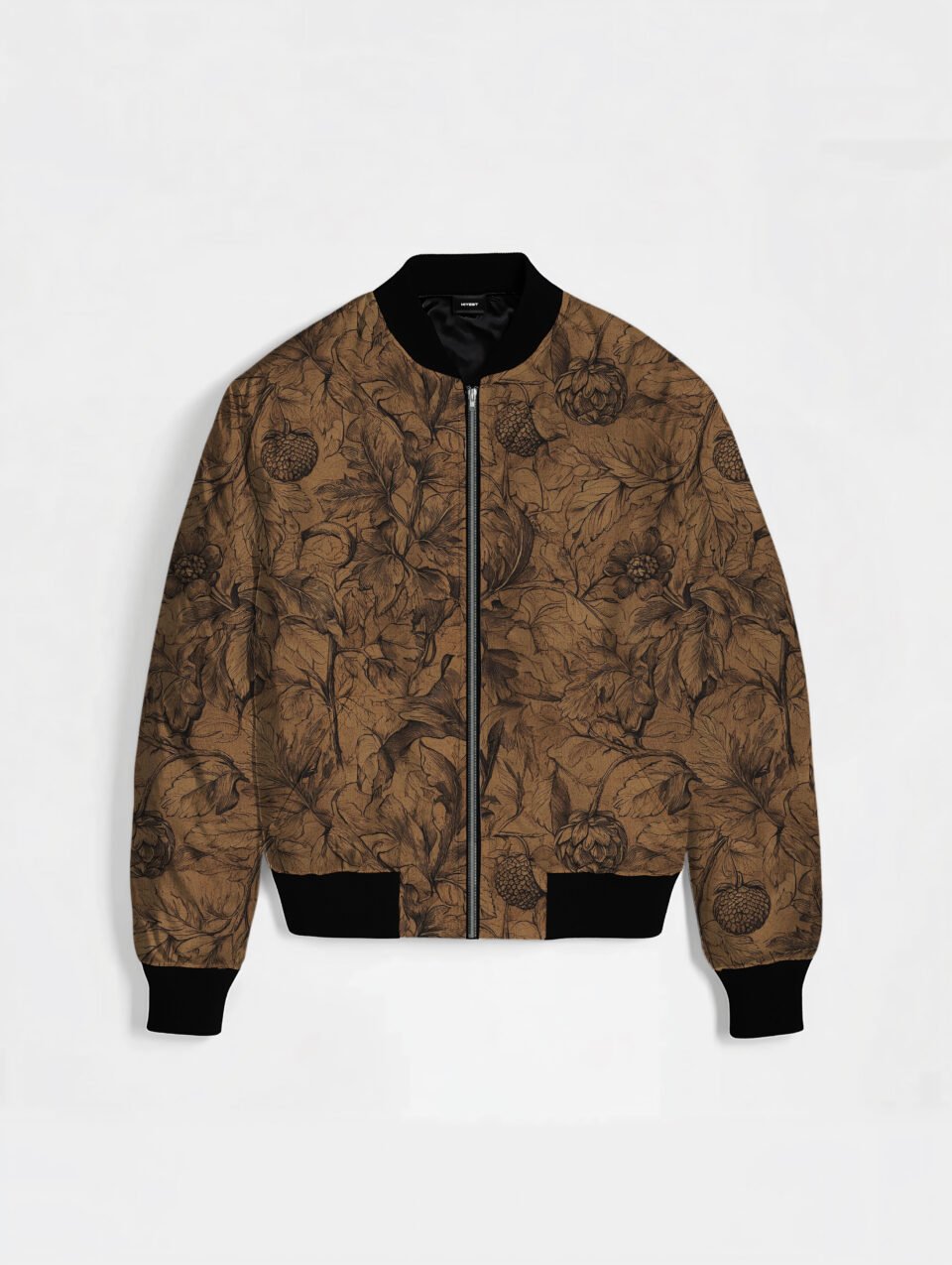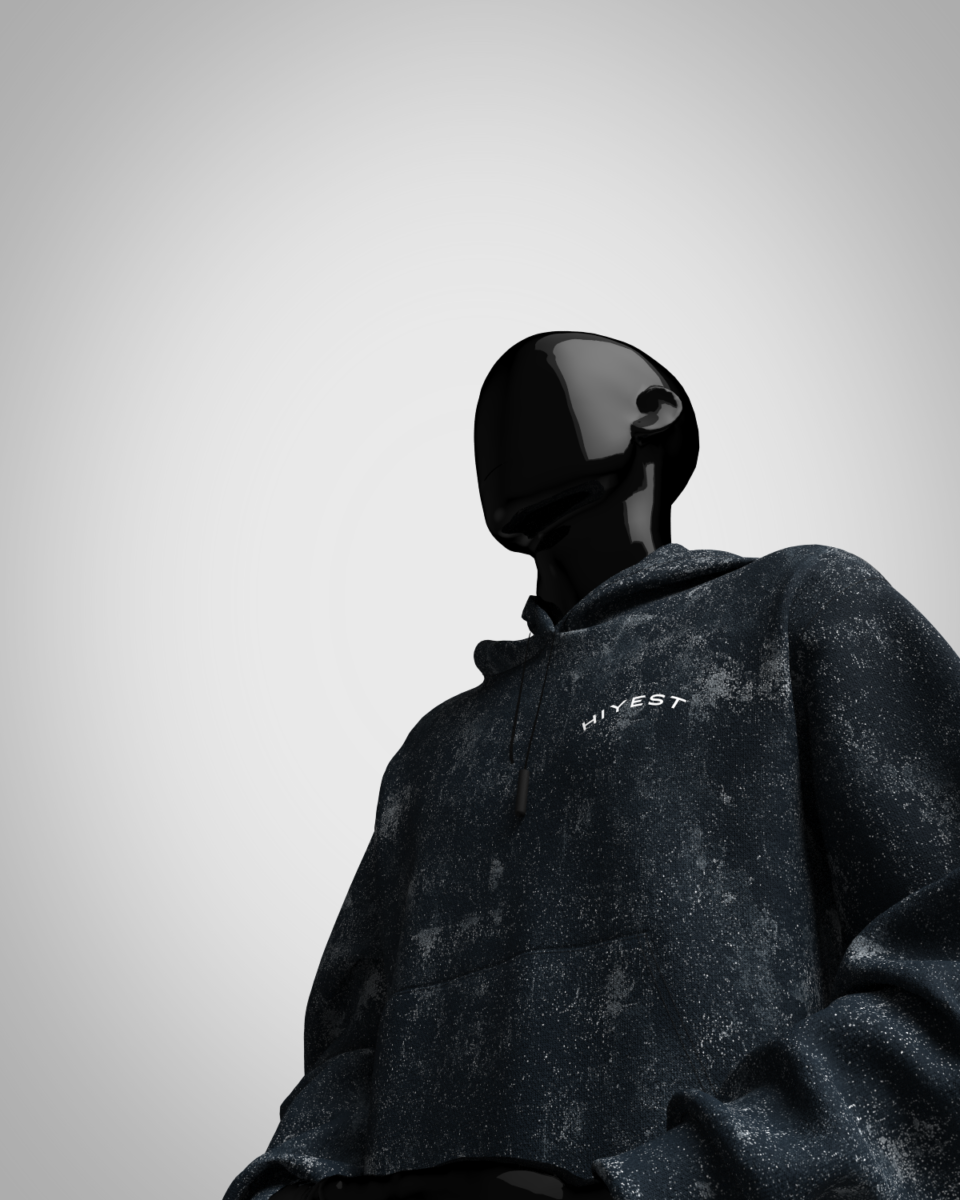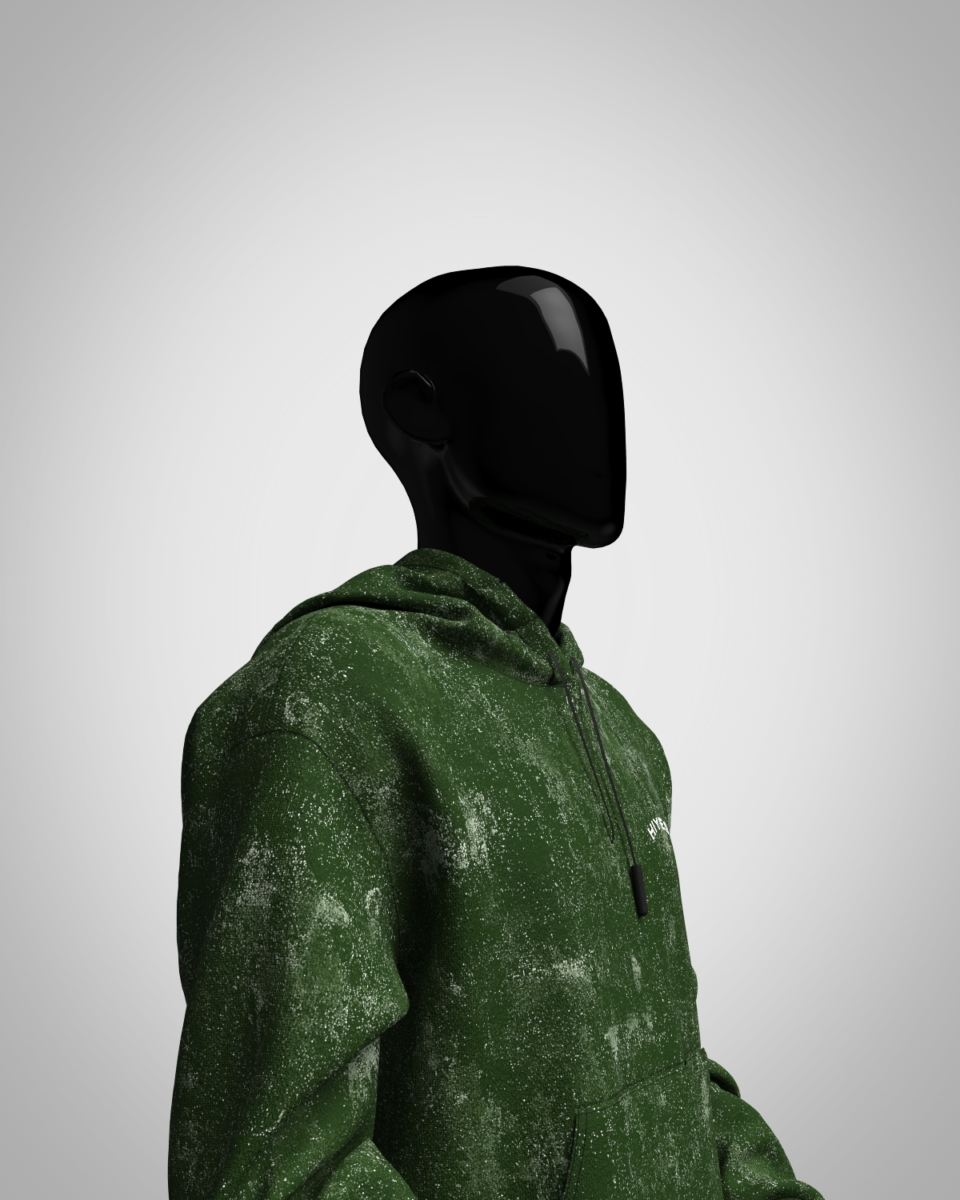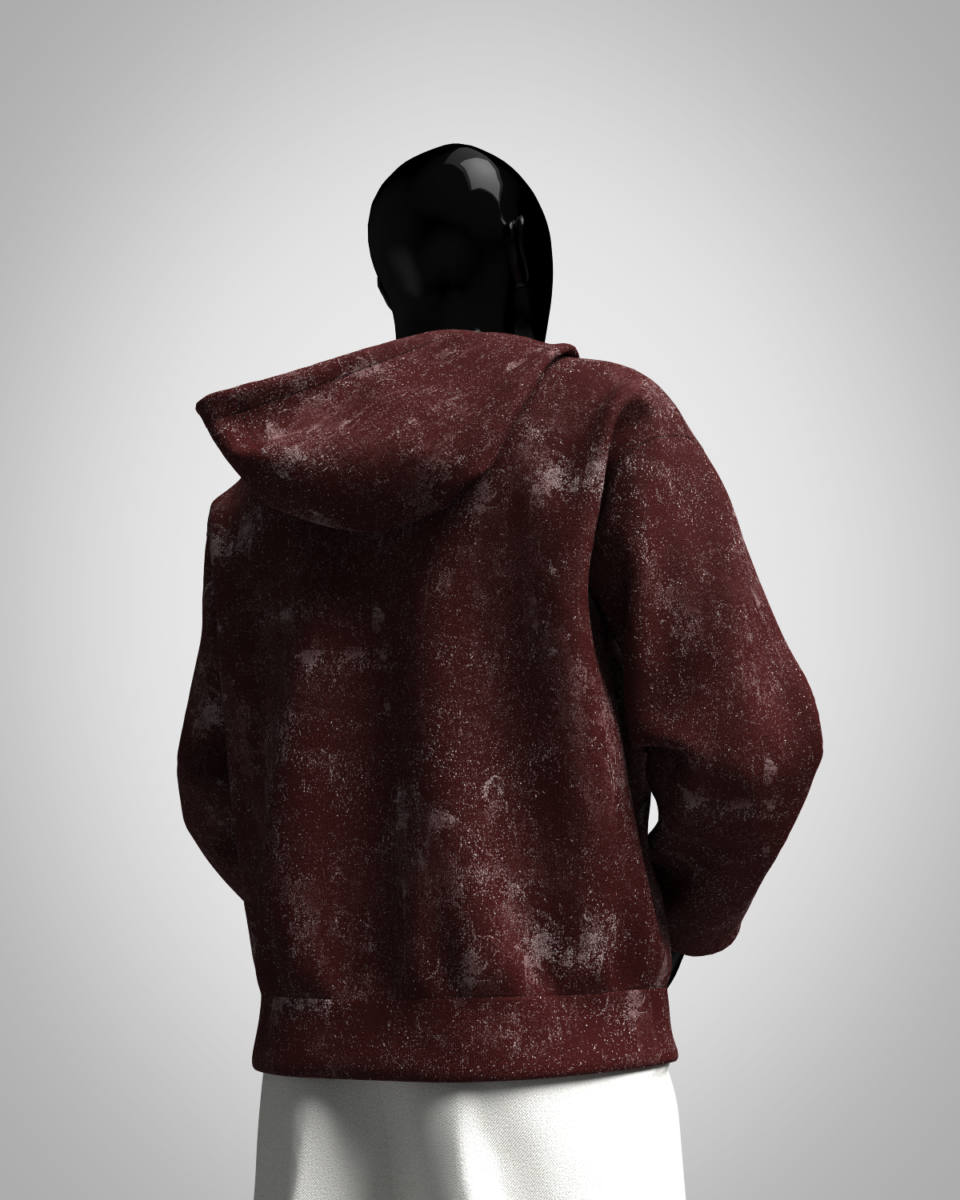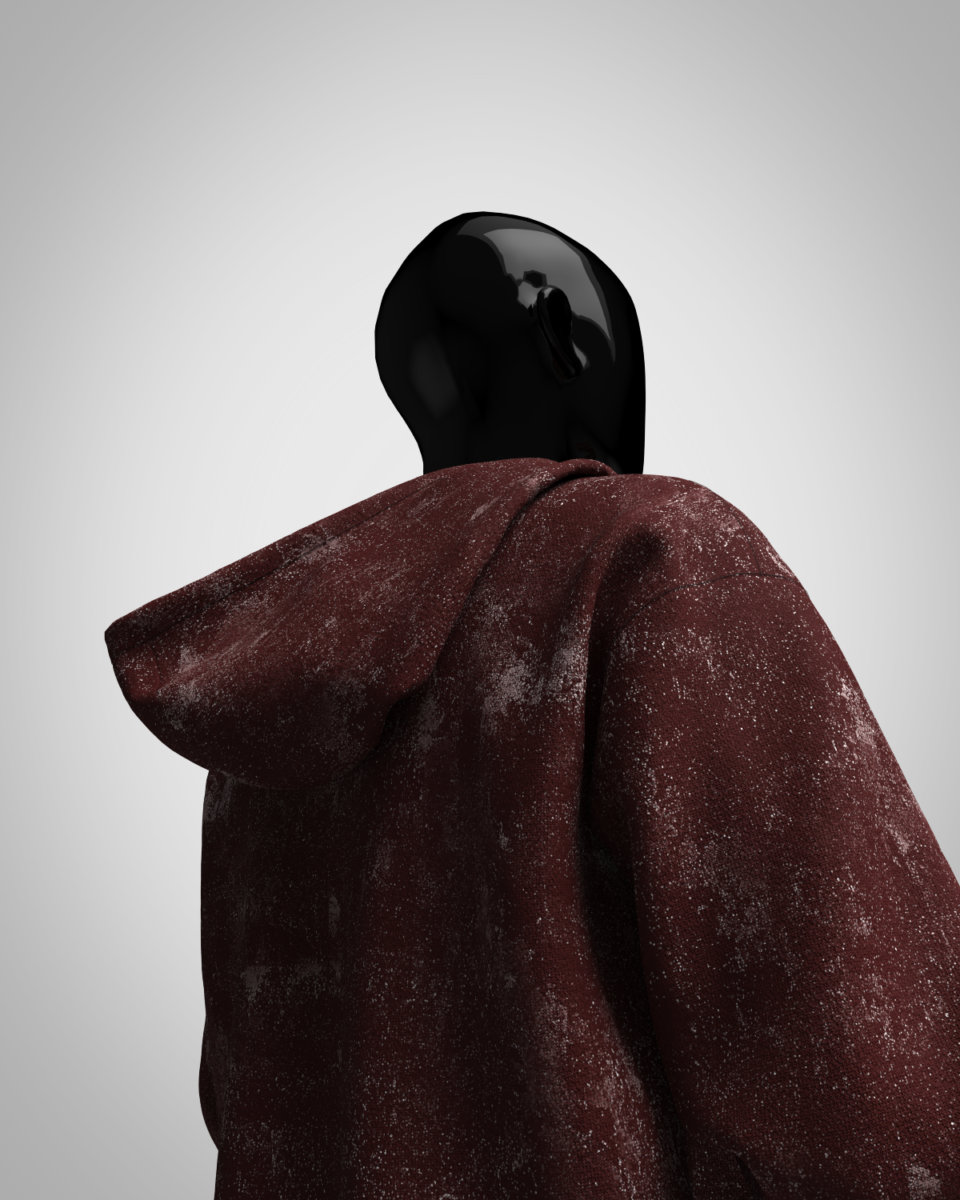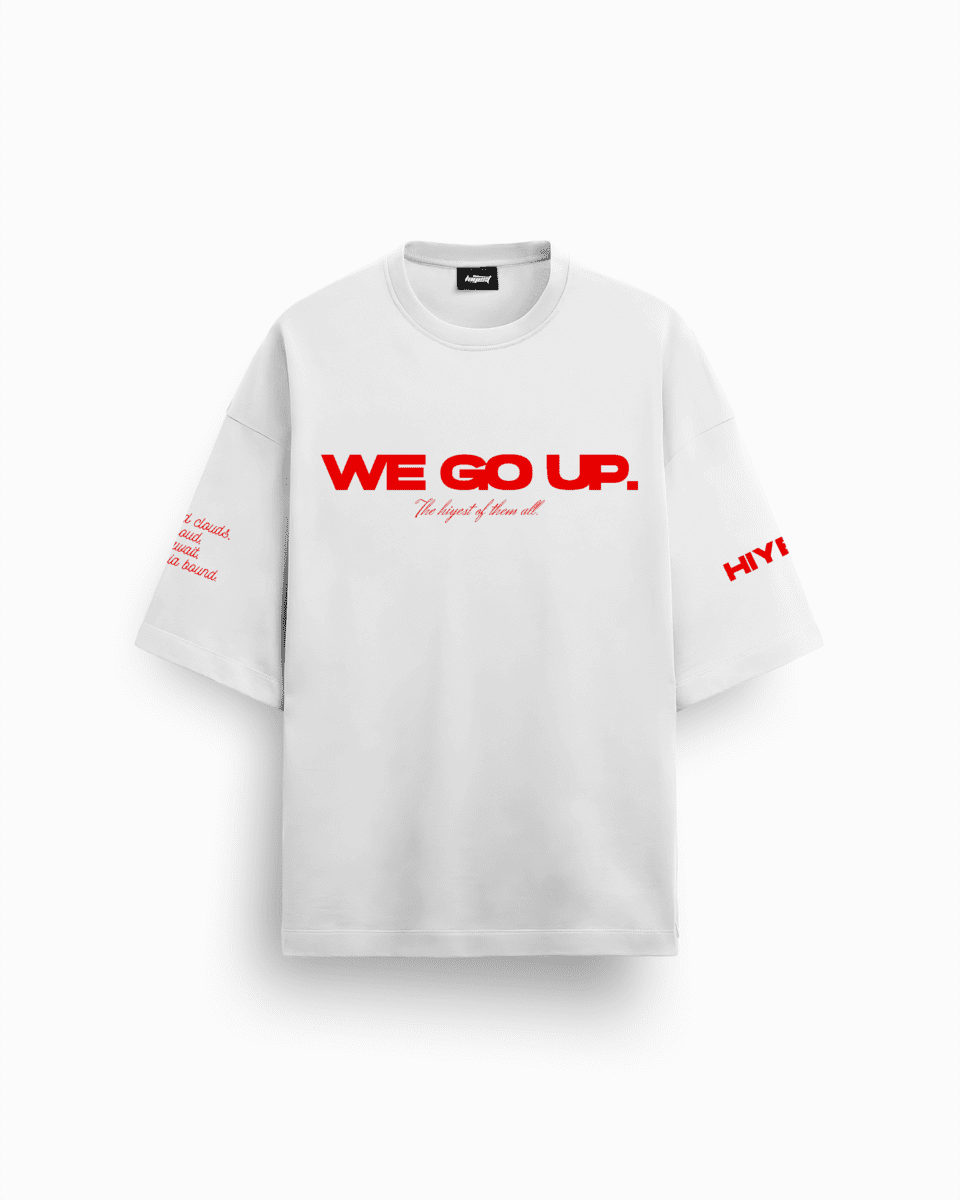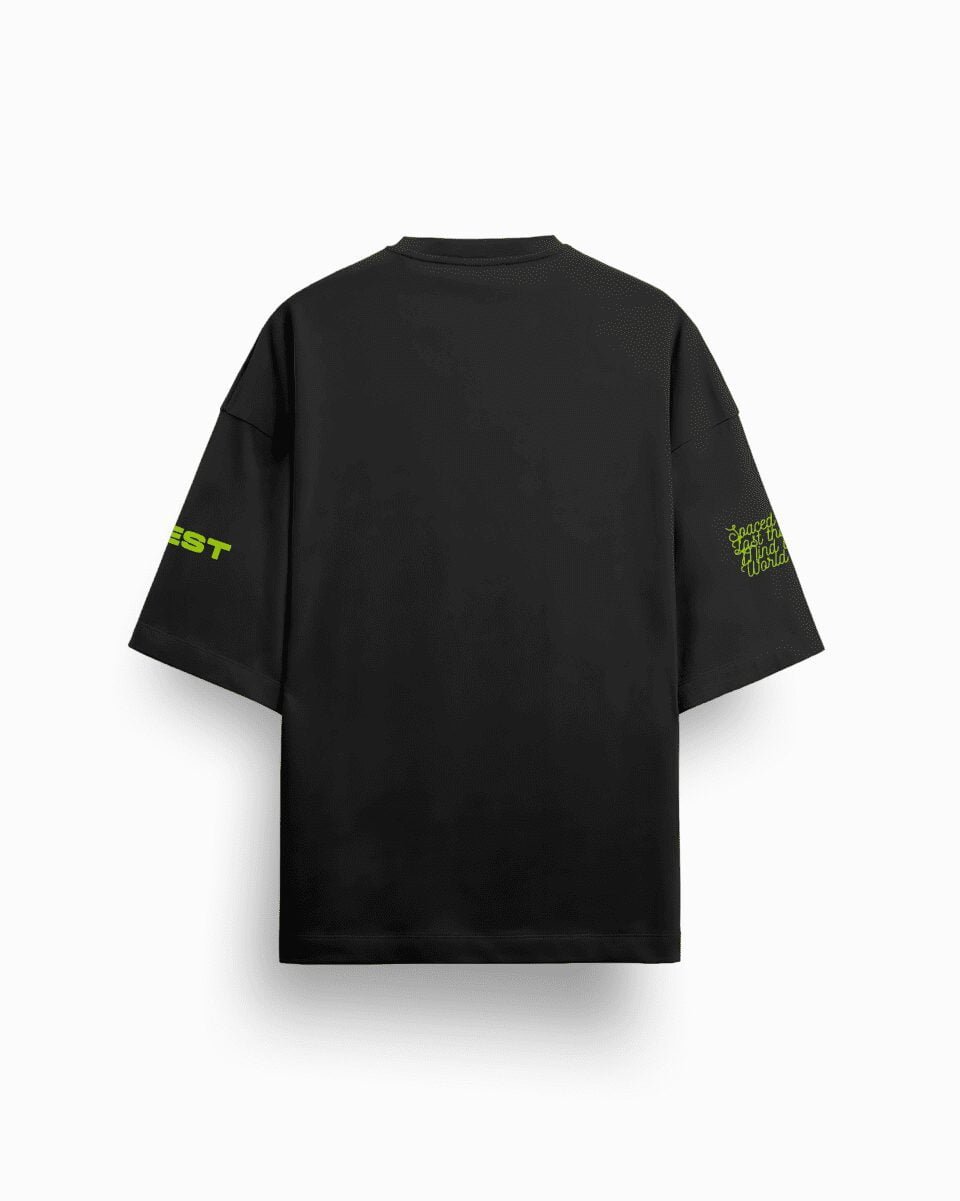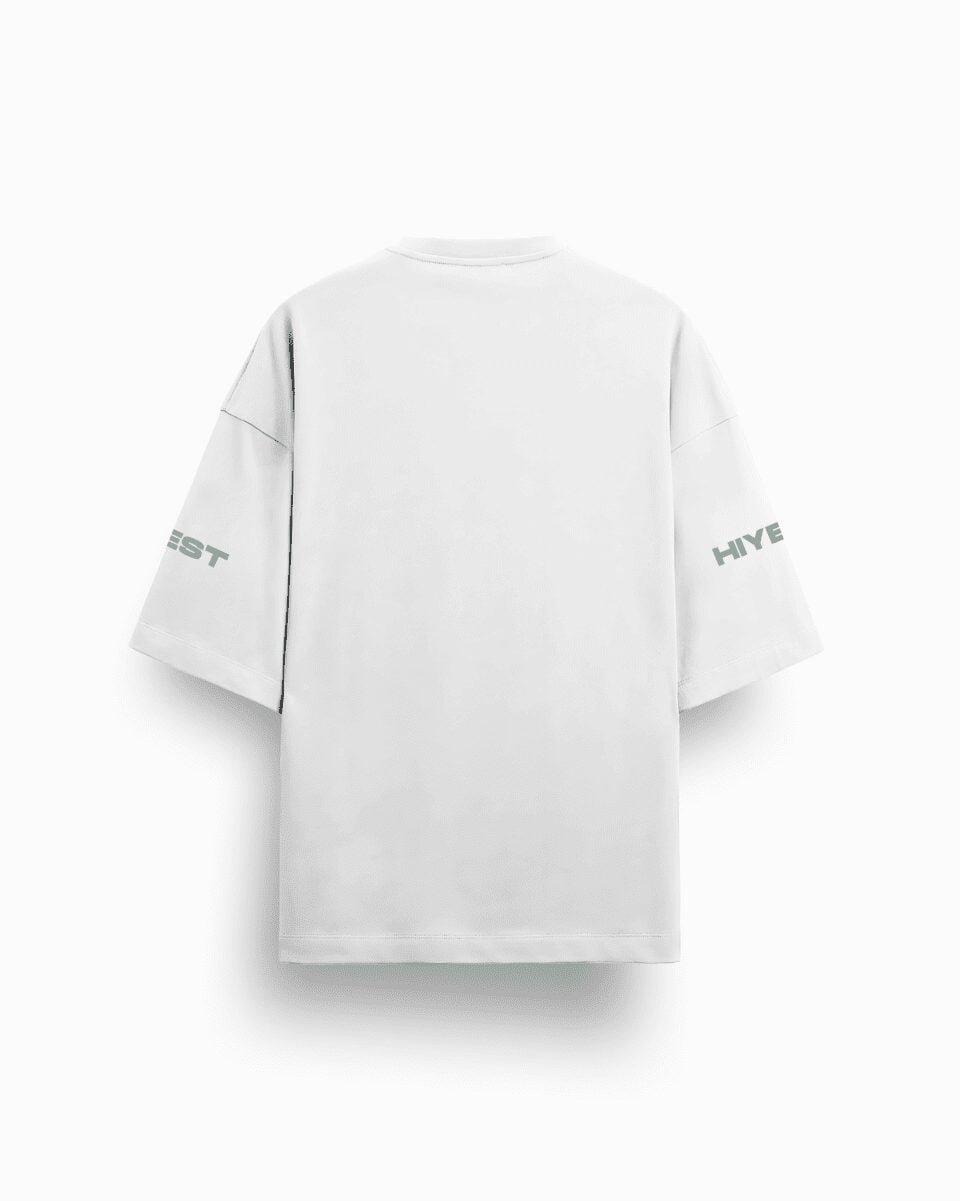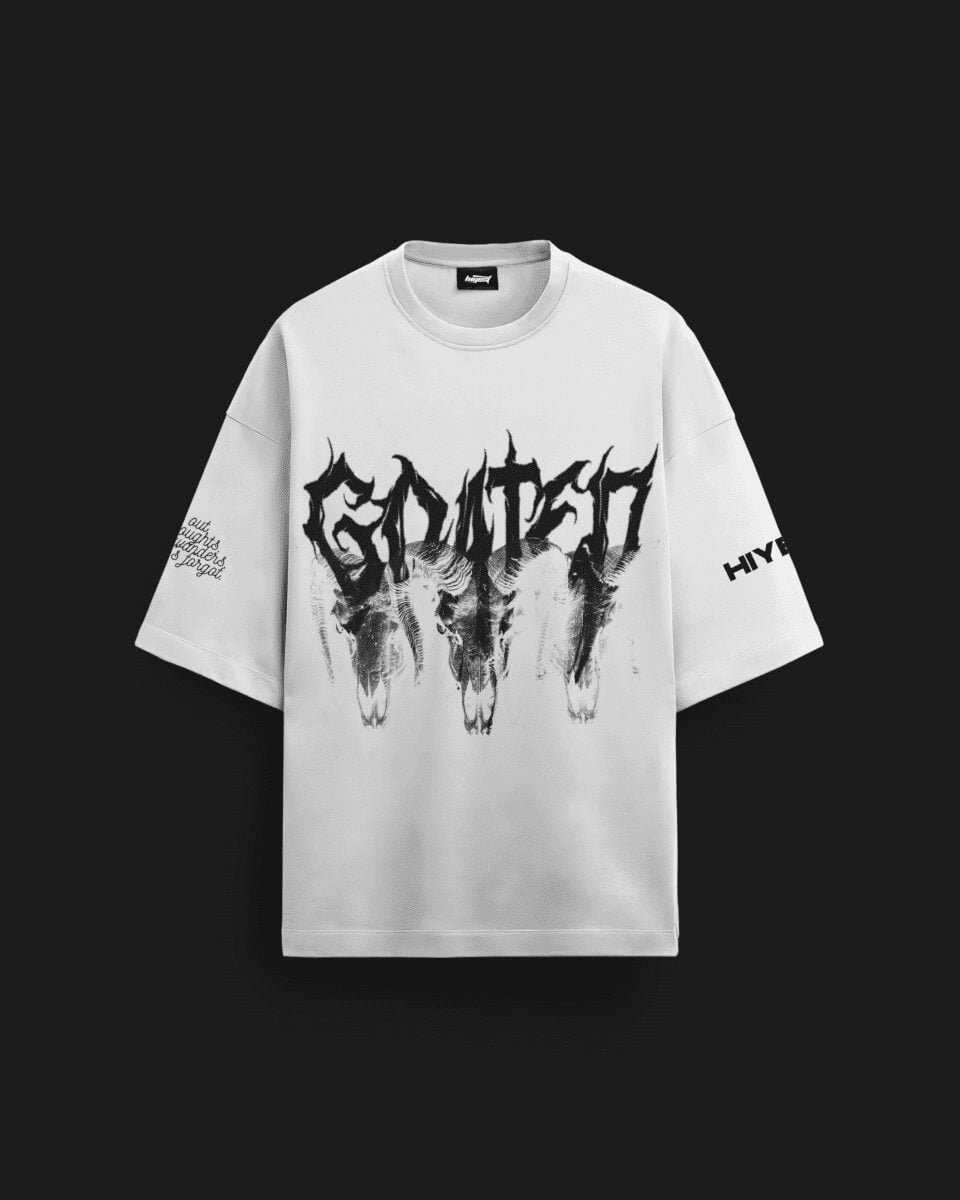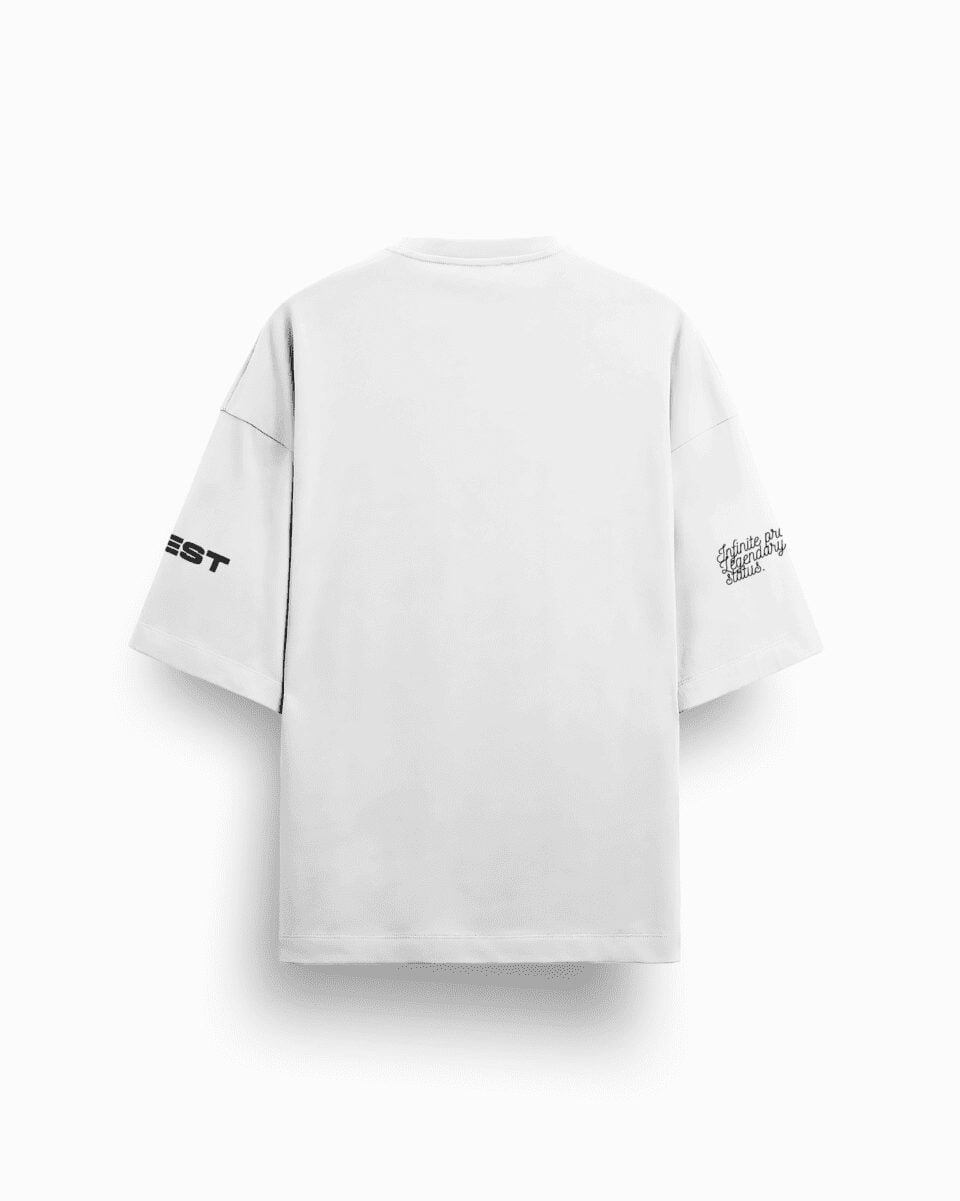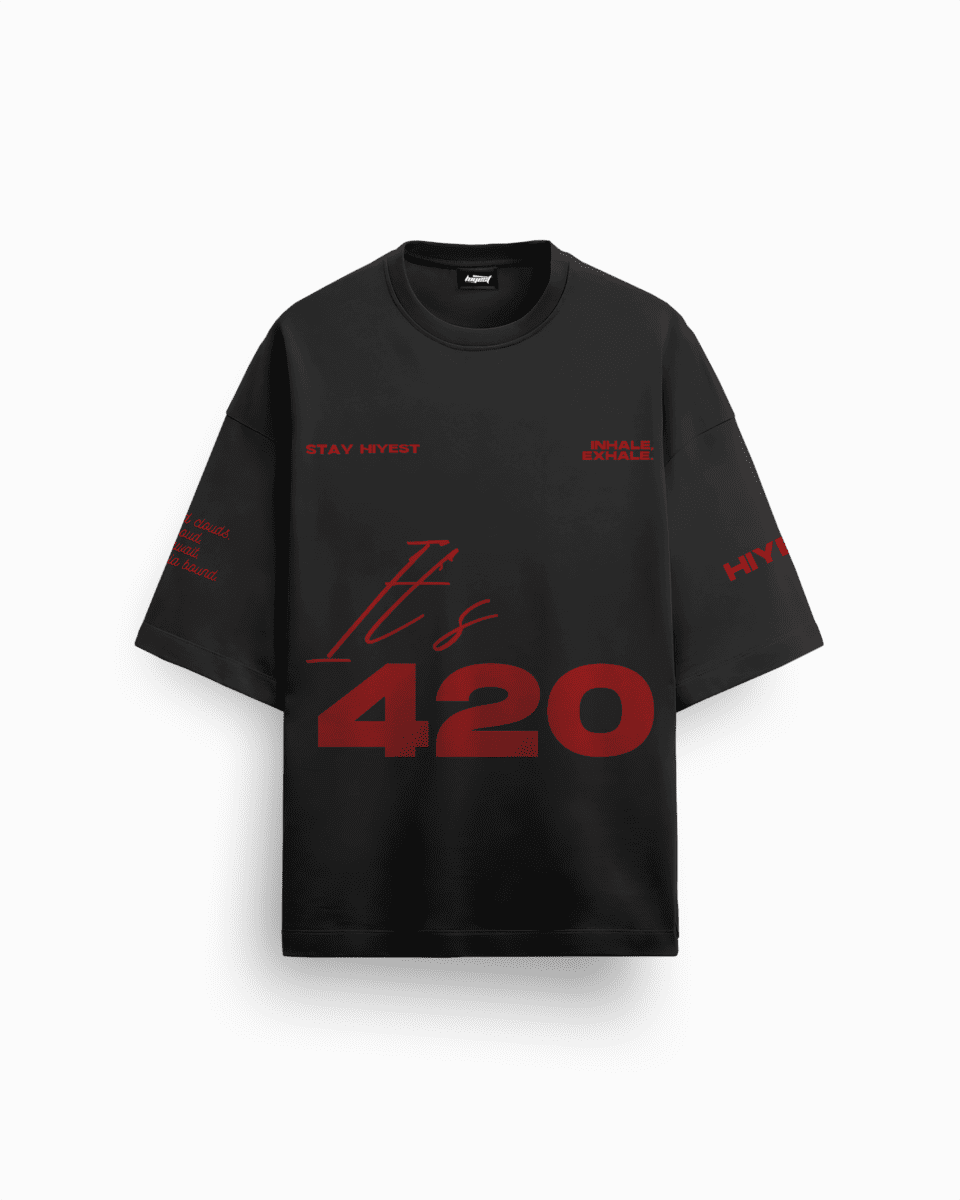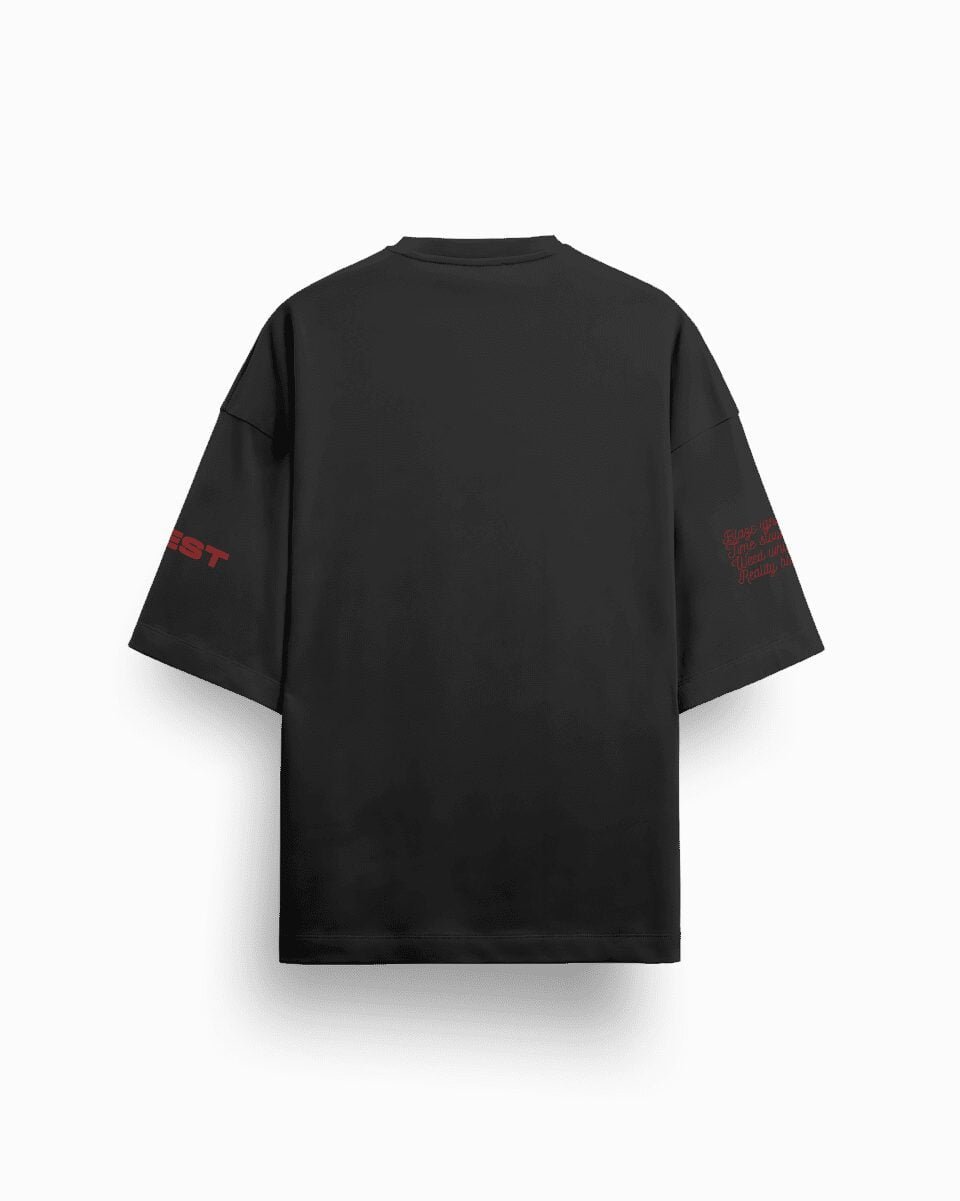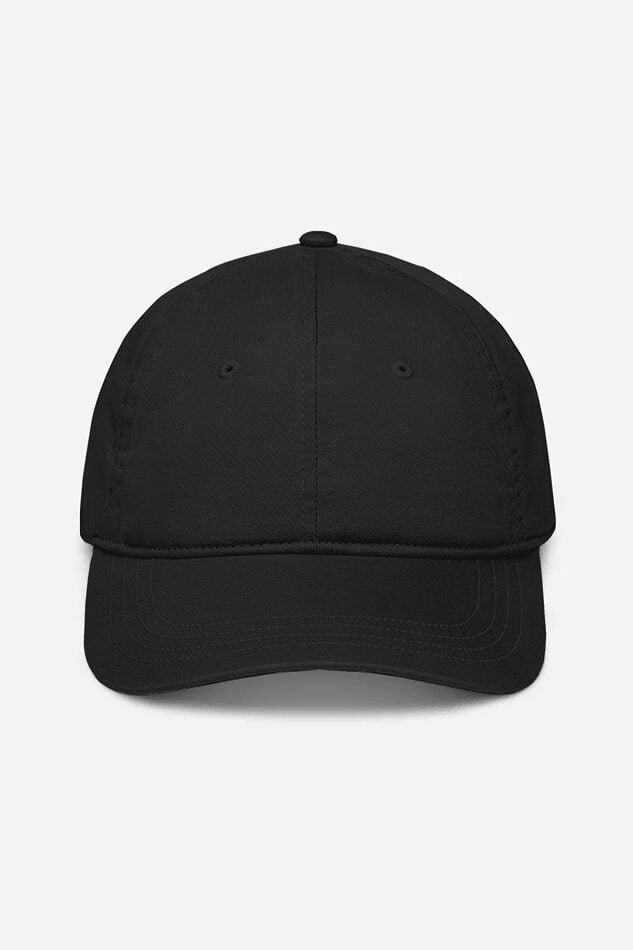The Roots of the Streetwear Movement
Understanding Streetwear Culture
Streetwear culture is a unique tapestry woven from the threads of casual comfort and individuality. At its core, streetwear champions a blend of personalized expression and everyday practicality, often characterized by oversized silhouettes, bold graphics, and a penchant for the rebellious and unconventional. Unlike traditional high fashion, it thrives on the authenticity of personal stories and cultural narratives, creating a powerful statement that resonates with diverse demographics globally.
How Streetwear Started
The origins of street fashion trace back to the vibrant cultural explosions of the 1970s and 1980s, influenced significantly by skateboarding, hip-hop, and punk movements. From the skate parks of Los Angeles to the bustling subways of New York City, these elements fused to lay the groundwork for what we now recognize as streetwear. Influential figures in music and sports began adopting these styles, cementing streetwear's appeal as both a fashion and cultural phenomenon.
Streetwear as a Cultural Phenomenon
The Evolution of Streetwear Fashion
Once confined to the fringes of fashion, streetwear has metamorphosed from niche beginnings into a mainstream powerhouse. The seamless integration of streetwear into luxury fashion has redefined wardrobes globally, a testament to the genre's adaptability and sprawling influence. Brands like Louis Vuitton and Gucci have embraced collaborations with streetwear icons, redefining luxury to include the authentic and contemporary allure of streetwear elements.
Impact of Streetwear on Society
Streetwear's impact transcends the boundaries of fashion, permeating various facets of art, music, and even politics. It has become a vehicle for storytelling and a platform for raising awareness on social issues, often reflecting the evolving societal discourse. As reported by the Business of Fashion, streetwear brands account for about 10% of the global apparel market, a clear indicator of its widespread societal influence.
Streetwear and Youth Identity
The youth demographic has an unparalleled affinity for streetwear, using it as a medium for self-expression and identity formation. Streetwear resonates with the cultural and stylistic experiments of younger generations, providing a canvas for them to convey their unique narratives and values. This connection also fuels the global streetwear market, which Statista valued at approximately $185 billion in 2019.
Key Components of Streetwear Culture
Influential Streetwear Brands
Trailblazing brands such as Supreme, Off-White, and BAPE have become synonymous with streetwear culture, known for their innovative designs and cult followings. Additionally, rising local streetwear labels are gaining attention for their authentic representations of regional cultures and narratives, further enriching the global streetwear tapestry.
Dress for Expression: Streetwear Lifestyle
Streetwear is not merely a fashion choice but a lifestyle that allows individuals to showcase their personal and cultural affiliations. It serves as a visual language that communicates values, beliefs, and identity through apparel choices. Brands like Hiyest's collection of hoodies and oversized t-shirts are exemplars of this lifestyle, emphasizing comfort and creativity.
Streetwear's Role in Social Movements
Streetwear and Social Movements
Fashion has always had ties to social movements, and streetwear is no exception. It's used to voice activism and messages of transformation, with many brands releasing collections that support social causes. The impact of these initiatives is evident, as a Hypebeast survey reveals 70% of participants see streetwear as a form of investment, not only in style but in societal progress.
How Streetwear Connects to Global Movements
Globally, streetwear becomes a tool for solidarity, transcending borders with shared aesthetics and shared goals. During significant political protests, streetwear elements often appear as symbols of resistance and unity, offering an avenue for collective identity that's both visual and proactive.
Streetwear in the Fashion Industry
Streetwear Influence in Mainstream Fashion
Mainstream fashion brands are frequently drawing inspiration from streetwear, incorporating its dynamic elements into high-street fashion collections. This blend has birthed a new wave of apparel, merging street cred with timeless elegance, highlighting the ever-expanding influence of streetwear on traditional fashion paradigms.
Collaborations with Luxury Brands
Collaborations between streetwear and luxury brands have left an indelible mark on the global market. These partnerships not only elevate streetwear but also broaden luxury's reach to younger audiences, leading to phenomena where luxury brands observe up to a 50% increase in annual sales, as UBS reported.
Current Streetwear Trends
Global Streetwear Trends of Today
Today’s streetwear trends notably embrace sustainability, emphasizing eco-friendly materials and production processes. Oversized fits continue to capture consumer interest, as do bold graphics and logos—a testament to streetwear's love of standout aesthetics. Analytics point to a growing demand for such trends, as evidenced by the NPD Group’s report, showing sneaker sales, a streetwear staple, growing annually by 8%.
Rise and Impact of Local Streetwear Brands
Regional streetwear brands are steadily capturing global markets, fueled largely by the rich cultural narratives that inform their designs. Such brands not only celebrate local traditions and styles but also influence global street fashion, challenging the mainstream with fresh perspectives.
The Future of Streetwear Fashion
Growing Digital Influence on Streetwear
The digital realm is revolutionizing streetwear, with social media and online communities as powerful agents of trendsetting. Influencers and digital marketplaces are pivotal in a shifting fashion landscape, making streetwear more accessible and influential than ever before.
What is the Future of the Streetwear Industry?
The streetwear industry is poised for continued evolution, with technological innovation playing a significant role. Integrating tech into design, production, and retail experiences promises to redefine how streetwear interacts with both culture and consumers, signaling a bright and dynamic future.
Why Streetwear Is More Than Fashion
Streetwear's Role in Challenging Traditional Fashion Norms
Streetwear has consistently challenged conventional fashion norms, encouraging creativity and individual expression over strict adherence to trend cycles. It subverts traditional fashion rules, offering a refreshing alternative—an approach that continues to be at the forefront of its growing appeal.
The Movement Behind the Streetwear Phenomenon
Ultimately, streetwear symbolizes much more than fashion—it is a movement fostering authenticity, community, and cultural reflection. It creates spaces for emotional and social connections, ushering in a new era of fashion that embraces the vibrant stories of its wearers.
Conclusion
Streetwear has become a revolutionary movement that shapes cultural landscapes and empowers personal expression. As we continue to explore and engage with this dynamic culture, embracing streetwear is not just about wearing clothes—it's about being part of a communal narrative that celebrates diversity, creativity, and change. Join the streetwear community today and express yourself with a fresh, authentic twist.
For those eager to dive deeper into this transformative fashion movement, consider exploring products from innovative brands like Hiyest’s collection, which capture the spirit of streetwear while celebrating individuality and cultural heritage.


